Nationality American Fields astronomy | Name Edward Barnard Role Astronomer | |
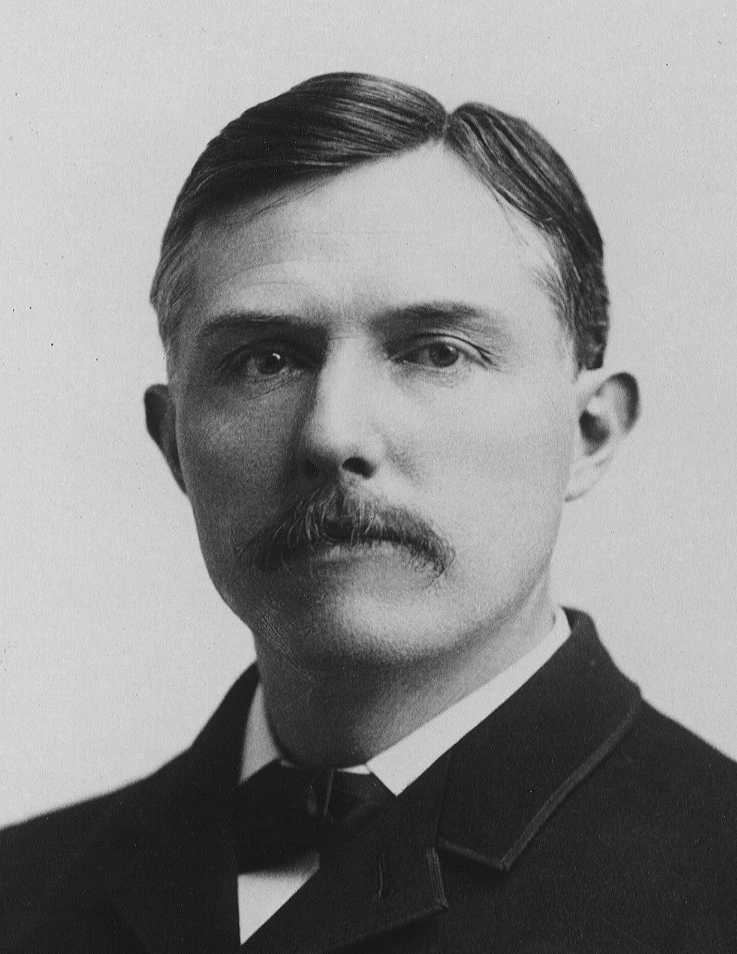 | ||
Born December 16, 1857Nashville, Tennessee ( 1857-12-16 ) Books A photographic atlas of selected regions of the Milky Way, Astronomical Photography... - Scholar's Choice Edition Known for Barnard's Star, Astrophotography Notable awards | ||
Edward Emerson Barnard
Edward Emerson Barnard (December 16, 1857 – February 6, 1923) was an American astronomer. He was commonly known as E. E. Barnard, and was recognized as a gifted observational astronomer. He is best known for his discovery of the high proper motion of Barnard's Star in 1916, which is named in his honor.
Contents
- Edward Emerson Barnard
- Astronomy edward emerson barnard
- Early life
- Astronomical work
- Comet discoveries
- Honors
- References
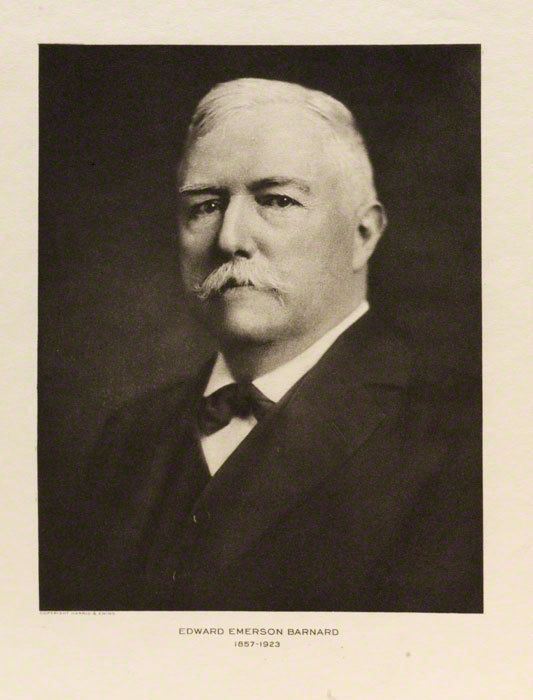
Astronomy edward emerson barnard
Early life
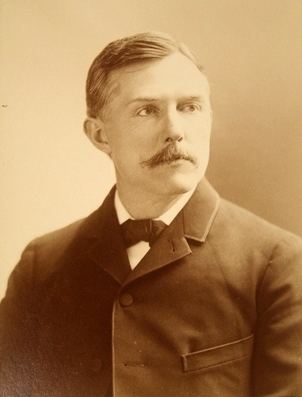
Barnard was born in Nashville, Tennessee, to Reuben Barnard and Elizabeth Jane Barnard (née Haywood), and had one brother. His father died three months before his birth, so he grew up in an impoverished family and did not receive much in the way of formal education. His first interest was in the field of photography, and he became a photographer's assistant at the age of nine.
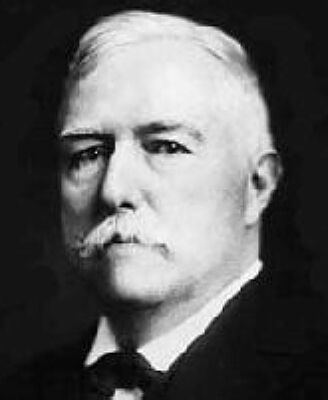
He later developed an interest in astronomy. In 1876 he purchased a 5-inch (130 mm) refractor telescope, and in 1881 he discovered his first comet, but failed to announce his discovery. He found his second comet later the same year and a third in 1882.
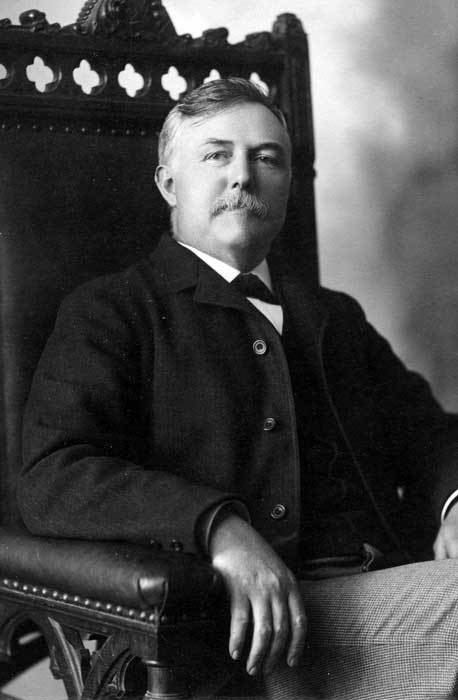
While he was still working at a photography studio he was married to the English-born woman Rhoda Calvert in 1881. In the 1880s, Hulbert Harrington Warner offered US$200 per discovery of a new comet. Edward discovered a total of five, and used the money to build a house for himself and his bride.

With his name being brought to the attention of amateur astronomers in Nashville, they collectively raised enough money to give Edward a fellowship to Vanderbilt University. Barnard never graduated from the school, but he did receive the only honorary degree Vanderbilt has ever awarded. He joined the staff of the Lick Observatory in 1887, though he later clashed with the director, Edward S. Holden, over access to observing time on the larger instruments and other issues of research and management.
Astronomical work
In 1889 he observed the moon Iapetus pass behind Saturn's rings. As he watched Iapetus pass through the space between Saturn's innermost rings and the planet itself, he saw a shadow pass over the moon. Although he did not realise it at the time, he had discovered proof of the "spokes" of Saturn, dark shadows running perpendicular to the circular paths of the rings. These spokes were doubted at first, but confirmed by the spacecraft Voyager 1.
In 1892 he made observations of a nova and was the first to notice the gaseous emissions, thus deducing that it was a stellar explosion. The same year he also discovered Amalthea, the fifth moon of Jupiter. He was the first to discover a new moon of Jupiter since Galileo Galilei in 1609. This was the last satellite discovered by visual observation (rather than by examining photographic plates or other recorded images).
In 1895 he joined the University of Chicago as professor of astronomy. There he was able to use the 40-inch (1,000 mm) telescope at Yerkes Observatory. Much of his work during this period was taking photographs of the Milky Way. Together with Max Wolf, he discovered that certain dark regions of the galaxy were actually clouds of gas and dust that obscured the more distant stars in the background. From 1905, his niece Mary R. Calvert worked as his assistant and computer.
The faint Barnard's Star is named for Edward Barnard after he discovered in 1916 that it had a very large proper motion, relative to other stars. This is the second nearest star system to the Sun, second only to the Alpha Centauri system.
He was also a pioneering astrophotographer. He cataloged a series of dark nebulae, known as Barnard objects, giving them numerical designations akin to the Messier catalog. They begin with Barnard 1 and end with Barnard 370. He published his initial list with the 1919 paper in the Astrophysical Journal, "On the Dark Markings of the Sky with a Catalogue of 182 such Objects".
He died on February 6, 1923 in Williams Bay, Wisconsin, and was buried in Nashville. After his death, many examples from his exceptional collection of astronomical photographs were published in 1927 as A Photographic Atlas of Selected Regions of the Milky Way, this work having been finished by Edwin B. Frost, then director of Yerkes Observatory, and Mary R. Calvert.
Comet discoveries
Between 1881 and 1892, he discovered fifteen different comets, three of which were periodic, and codiscovered 2 other comets:
Honors
Awards
Named after him
